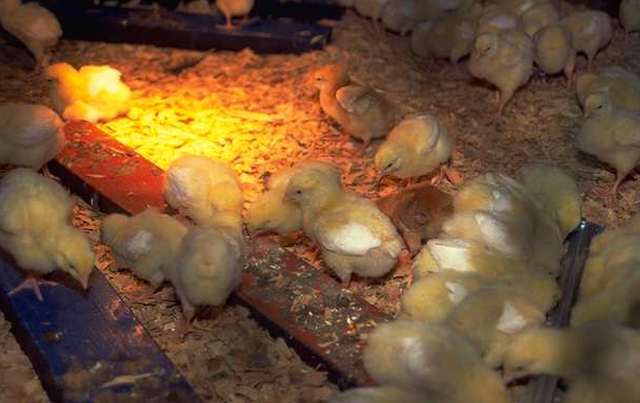 A sure sign of spring is the proliferation of classrooms hatching out chicken or duck eggs. While chicks may be cute and entertaining, they are also high-risk sources of Salmonella and some other infectious microorganisms. Numerous Salmonella outbreaks have been linked to contact with hatchling chicks, and care must be taken if teachers are considering having chicks in classrooms.
A sure sign of spring is the proliferation of classrooms hatching out chicken or duck eggs. While chicks may be cute and entertaining, they are also high-risk sources of Salmonella and some other infectious microorganisms. Numerous Salmonella outbreaks have been linked to contact with hatchling chicks, and care must be taken if teachers are considering having chicks in classrooms.
Things to consider:
- Who will be in contact with the chicks? Children under 5 years of age, pregnant women and people with compromised immune systems should not have contact with young chicks. This rules out having chicks in preschool and some kindergarten classes, however not everyone follows those standard recommendations. It’s also very hard to know whether there may be immunocompromised kids in the classroom. Unless a teacher/school is sure that there are no high-risk children present, they shouldn’t have high risk animals.
- Where will the chicks be hatched and raised? Is it in a contained area?
- Is the chick area easily and always supervised to ensure that rules are followed? This is important for both children and chicks, since chicks can easily be injured or killed through improper handling.
- Are protocols in place regarding safe handling and hygiene?
- Are the chicks going to be in an area where students eat?
- Are parents going to be notified in advance?
- Are there plans for sending the birds to an appropriate home when they’re done in the classroom?
- Are the chicks there for a true educational purpose, or just as a novelty?
Hatching chicks can be done relatively safely in appropriate classrooms, with older children, no high-risk individuals, easy access to hand hygiene stations, appropriate protocols and proper supervision. The problem is, these aren’t always (or even often) present, and inadequate thought often goes into bringing chicks into classrooms.